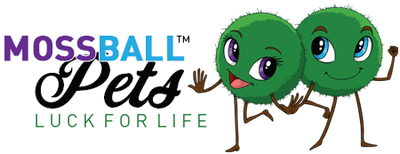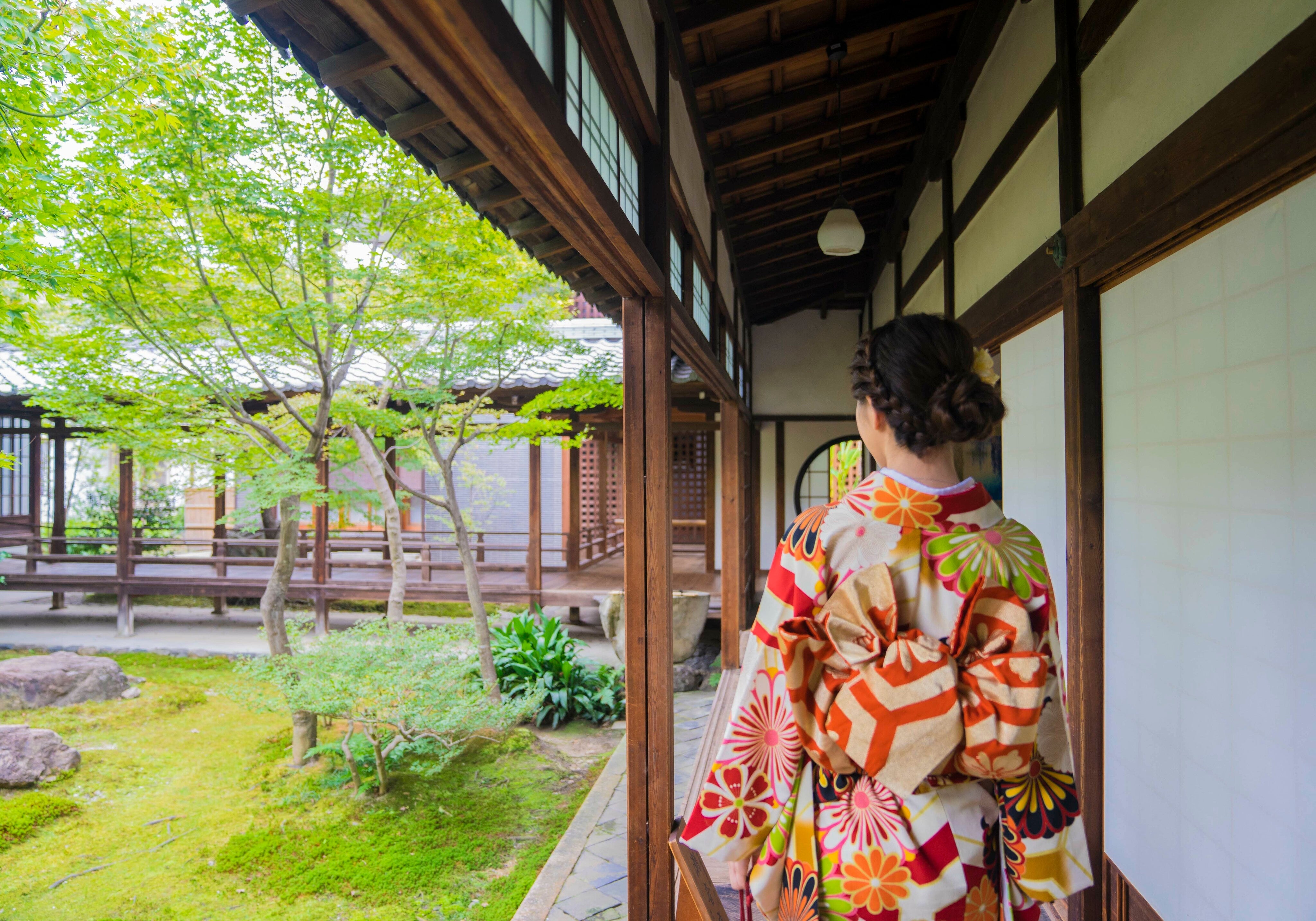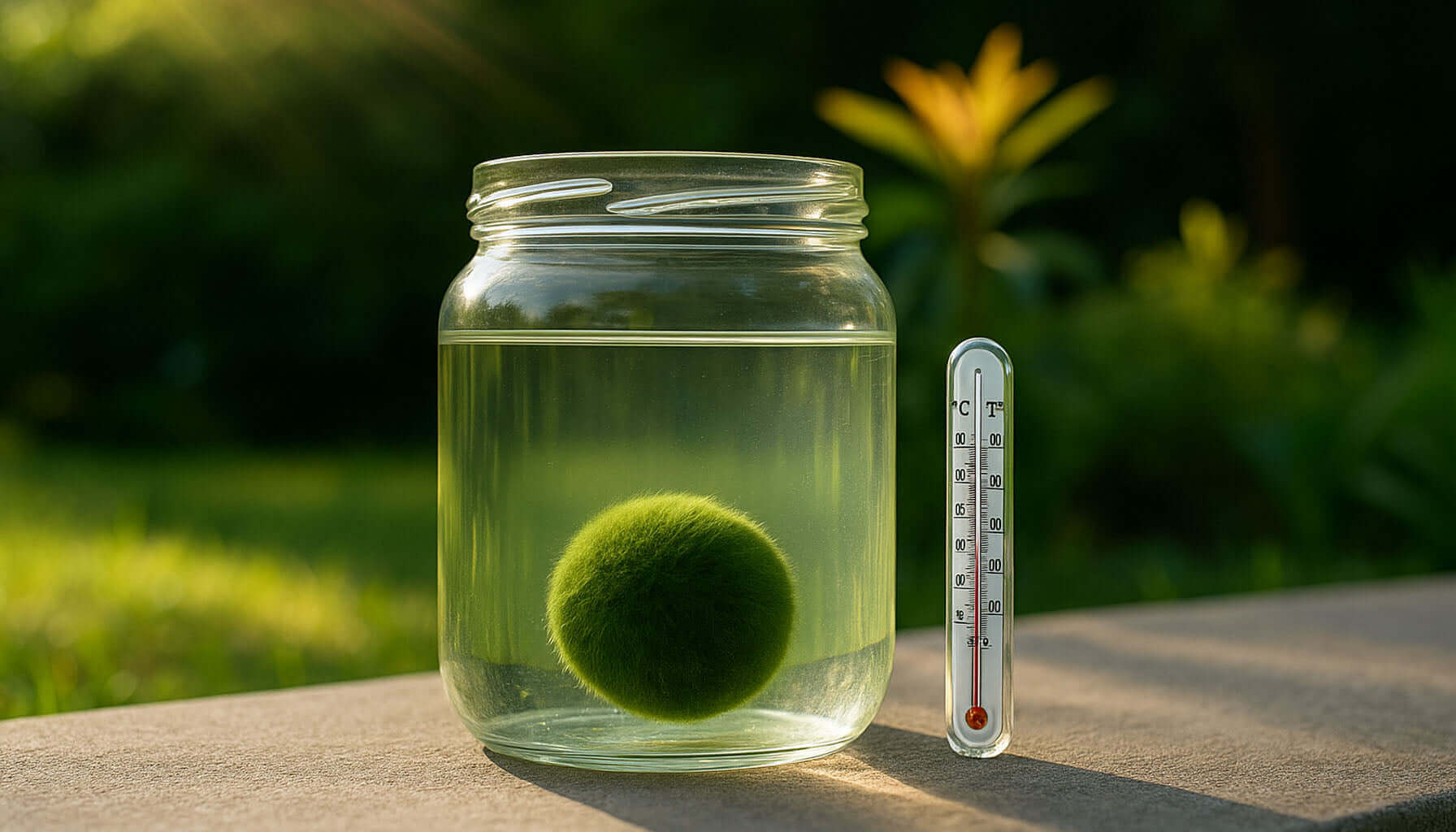Unmasking The Mysteries of Moss Ball Pets
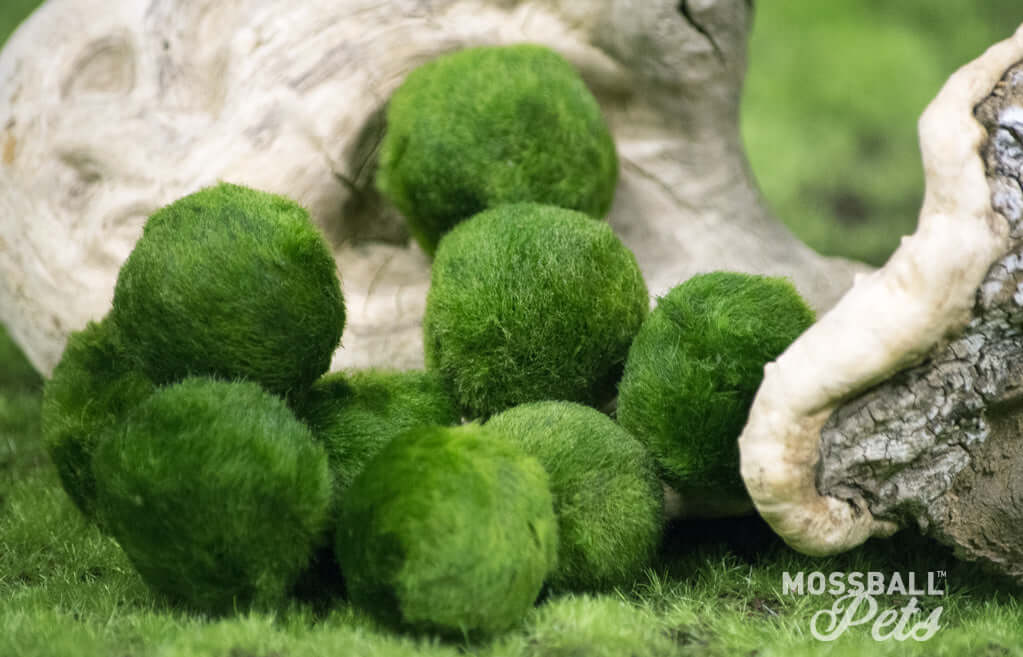
BREAKING NEWS: Moss Ball Pets are NOT moss!
This may be a little surprising (especially if this is your first Moss Ball Pets blog post) but Moss Ball Pets are actually not moss at all! It is easy to see how people could get algae and moss mixed up. They are both soft, usually green, and damp, right?
While moss and algae have some characteristics in common, they differ because moss is a plant and, well, algae... scientists have just settled on calling it an organism that contains chlorophyll (you know, the stuff that makes plants look green). Think of moss like mushrooms, they do not produce flowers and release spores to reproduce. Algae also does not produce flowers but can reproduce in a multitude of ways.
Fun fact: Algae is the plural form of alga ( pronounced AL- guh)! Algae can also be pronounced as AL-Gee or AL-ghi!
Moss Ball Pets are actually a form of algae known in the scientific community as Aegagropila linnaei. Around the world it is known by many names such as marimo (Japan), kúluskítur (Iceland), lake balls, lake goblins, cladophora balls, and (of course) moss balls. However, there was a time when no one knew what they were or what to call them!
The Discovery In Austria
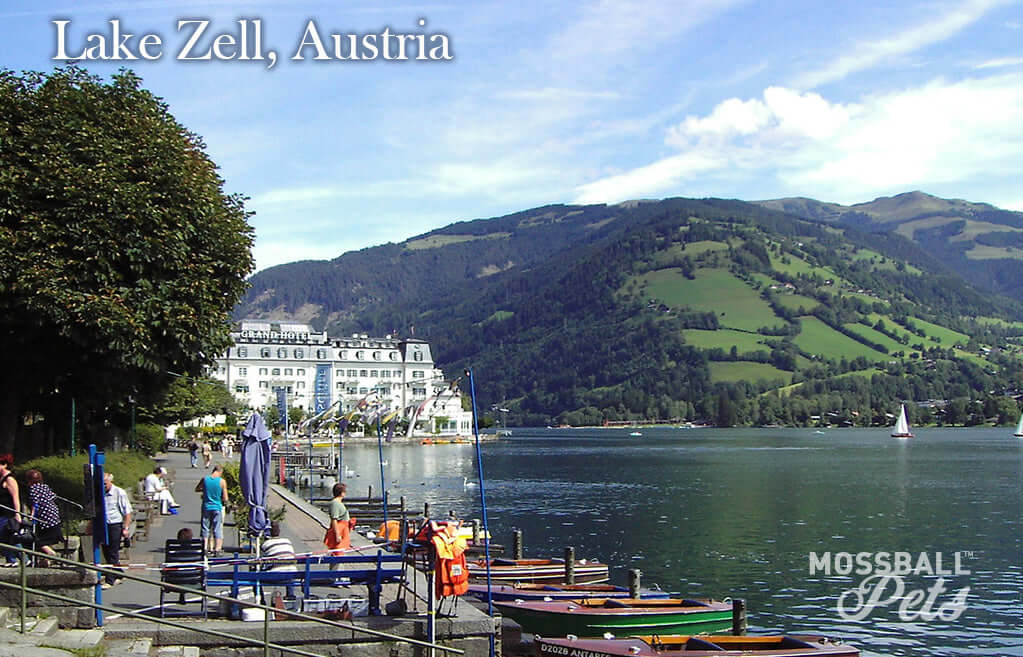 The first recorded discovery of these velvety balls of algae occured in the 1820s when an Austrian botanist and physician, Anton E. Sauter, took notice of them. He spotted them in Lake Zell (sometimes written as Lake Zeller) which is a small body of water located in Austria.
The first recorded discovery of these velvety balls of algae occured in the 1820s when an Austrian botanist and physician, Anton E. Sauter, took notice of them. He spotted them in Lake Zell (sometimes written as Lake Zeller) which is a small body of water located in Austria.
Although Sauter observed the odd looking organisms, he did not name them. They did not officially receive a name until the 1840s. In 1843, Friedrich T. Kützing, a German botanist, phycologist (this means he specialized in the study of algae), and pharmacist, indicated that the genus for this organism was Aegagropila.
A little while later, in 1849, Kützing renamed the genus as Cladophora. This led to A. linnaei being referred to as “cladophora balls”. However, in 2002 after utilizing DNA study, a group of scientists denied that it should be considered as Cladophora due to its cell structure. This discovery has not stopped people from calling them cladophora balls, and in some ways this makes sense because the saying is, “Old habits die hard.”
Fun fact: Aegagropila means “goat hair” in Greek. It is understandable that this is the name he chose because moss balls can feel somewhat like soft clumps of hair.
More Discoveries?
Just when the world of phycology thought that this phenomenon could not get any more interesting, there were more stories of discoveries taking place around the globe, in places such as Iceland, Scotland, and Sweden. In 1898, a Japanese botanist, Tatsuhiko Kawakami, discovered A. linnaei in Lake Akan in Hokkaido, Japan.
He is the one we can thank for the common name marimo which is roughly translates to “bouncy ball”. After his initial discovery, the popularity of marimo increased exponentially, and many people were spending money to attain these little velvety green orbs. By the 1950s, the people of Japan joined together to preserve their beautiful species of algae and every year since then, Marimo Matsuri has taken place in order to celebrate nature and all of its beauty with marimo being the primary focus of the festival.
The Life Cycle of Lake Goblins
Currently, there are three ways that scientists have identified the growth of lake goblins. (Isn’t that a fun name for them?) One growth form exists as free-floating filaments. This means that little clumps of the algae simply float through the water, usually lining the bottom of the body of water where they reside. Think of this form of growth as looking like a plush green carpet at the bottom of a lake.
Another form is when A.linnaei filaments become epilithic (which is just a fun way to say that a plant grows on a rock). In other instances, it can turn into the marimo that we know and love!
For this transformation to take place, the algae is pushed and pulled by the tides of the body of water. This movement helps keep the lake balls clean and round. They must also be in water that is an agreeable salinity and temperature. Another thing moss balls require is ability to occasionally access light so that photosynthesis can take place.
When it is in ball form, many people wonder: “What is at the center?”. They kind of think that it is like a pearl, which usually begins when a parasite or some kind of irritant finds its way into a clam, oyster, or mussel and the animal coats it in many layers of nacre (the name of the secretion that makes pearl look so pretty). In spite of this assumption, there is nothing at the center of the lake balls except its own algae. So, there is no longer a need for you to wonder if there is some sort of rock or seed in the middle of your Moss Ball Pet!
After being shaped into a ball, A. linnaei, grows at a rate of about of about five millimeters, or 0.2 inches, a year. Moss balls are known to grow up to eight inches and, in the right conditions, they can surpass this expected growth rate. The world’s largest (and oldest) marimo is said to be 95 centimeters, or 37 inches, in diameter. This means that it is over 200 years old!
In Lake Akan, Japan, marimo seem to be growing the largest, with some of the biggest being noted at twelve inches. In Lake Mývatn, which is located near the Krafla volcano in Iceland, the kúluskítur (which kind of means “muck balls” in Icelandic), usually get to be about five inches in diameter and they stay together in patches, called colonies, that often get caught in the fishers’ nets.
Now I believe one of the last questions left to answer is: “How do Moss Ball Pets reproduce?”
They usually reproduce through budding. This is an asexual form of reproduction that can take place when the moss ball is big enough and has enough room to continue growing. You might notice a little bump forming on its rounded surface and that is how you can tell that it is creating another marimo!
Cladophora Balls Caught Our Attention
After the initial discoveries in places such as Japan, Austria, Iceland, Scotland, the cladophora ball craze began! Phycologist, botanist, and other kinds of scientists were eager to see if bodies of water in their parts of the world contained the mystical and spherical green orbs of algae.
Thanks to their excitement, we now know that cladophora balls can be found in a multitude of other places such as India, Britain, Georgia, Germany, the United States of America, Romania, Russia, Cuba, China, Australia, and many other places!
Conserving Kúluskítur
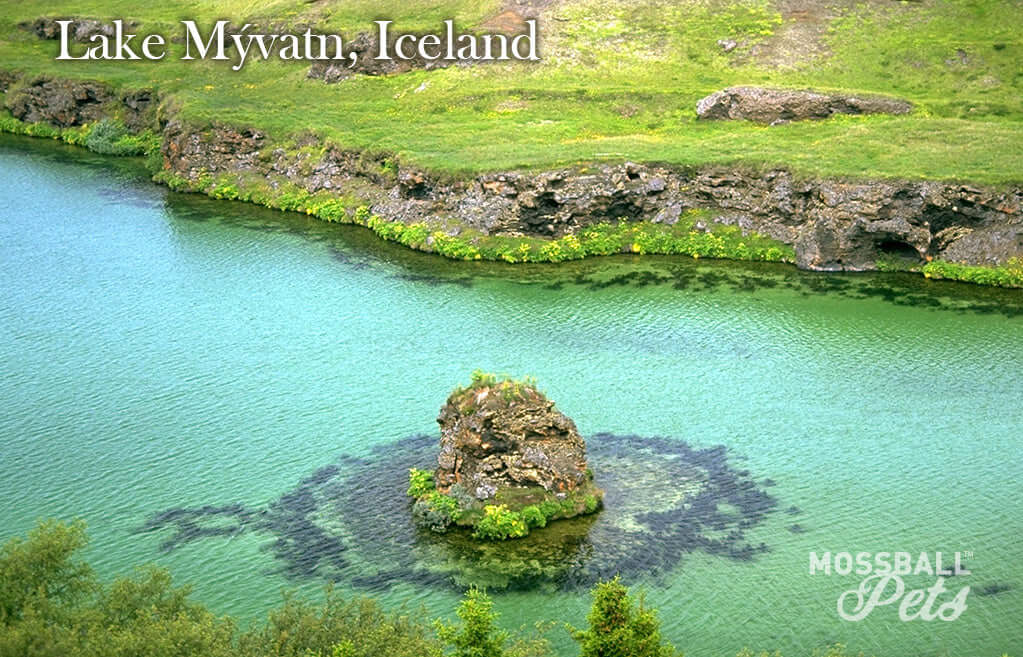 Due to their unique aspects and popularity, conservation efforts needed to be instilled shortly after moss balls were discovered. In Lake Mývatn, Iceland, the moss balls have almost entirely disappeared due to ecological upset. Since there was a lot of fishing and mining, the lake began to produce more nutrients which caused bacteria and other organisms to flourish. This meant that the lake balls were not able to get enough sunlight and they began to sink beneath the sediment in the lake due to to constant mining.
Due to their unique aspects and popularity, conservation efforts needed to be instilled shortly after moss balls were discovered. In Lake Mývatn, Iceland, the moss balls have almost entirely disappeared due to ecological upset. Since there was a lot of fishing and mining, the lake began to produce more nutrients which caused bacteria and other organisms to flourish. This meant that the lake balls were not able to get enough sunlight and they began to sink beneath the sediment in the lake due to to constant mining.
Now, instead of the colonies of moss balls that use to inhabit the lake, the Icelandic people are left with some of the free-floating filaments which can not form into the balls because they still do not have the right conditions. Conservation tactics have recently been put into place so that this is no longer the situation.
As previously mentioned, Japan went a different route to avoid this tragedy from happening. Marimo was declared a national treasure in the 1920s and since then most people have refrained from removing the marimo that grow in their natural habitat.
In an act of decency, people have decided that to enjoy the marimo and not harm them they could just use small samples of the filaments and grow their own! This method, which is the one we use at Moss Ball Pets, ensures that moss balls do not need to be removed from their natural environment for people to be able to enjoy them.
Moss Ball Pets are unique living organisms that are rapidly disappearing but through continued conservation and research efforts, they can continue to be admired for many more generations!
If you are interested in learning more about the scientific or cultural details of A. linnaei some useful resources include:
- National Geographic
- Algaebase.org
- Biogeography of A.linnaei: This is a fifteen page document written by Christian Boedeker, Anja Eggert, Anne Immers, and Isamu Wakana that discusses moss balls and their habitat.
If you are interested in adopting your very own Marimo Moss Ball Pet you can browse our collection here.
